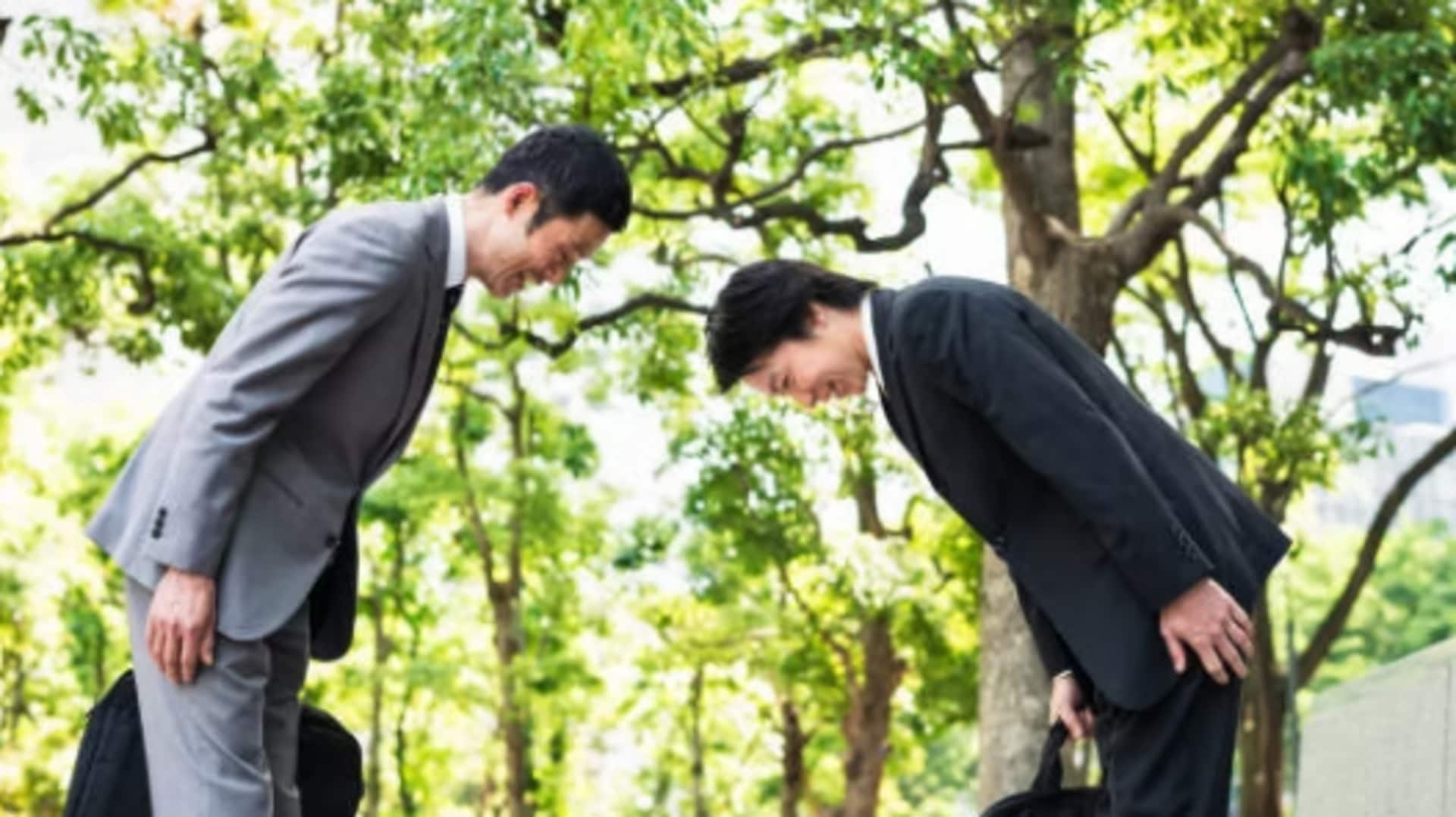
5 unique gestures in Japanese culture
What's the story
Japanese culture is rich with unique gestures that convey respect, gratitude, and social harmony. Deeply rooted in tradition, these gestures offer fascinating insights into the values of Japanese society. Knowing them can enhance cross-cultural communication and give you a deeper appreciation for Japan's cultural nuances. Here are five distinctive gestures worth exploring to gain a better understanding of this intriguing culture.
Bowing etiquette
Bowing: A sign of respect
Bowing is an important aspect of Japanese culture, representing respect and humility. The depth and duration of the bow may differ according to the context, with deeper bows showing more respect or apology. In formal situations, such as business meetings or ceremonies, bows are more pronounced than in casual settings between friends or family members.
Business card exchange
Giving and receiving business cards
The exchange of business cards, called meishi koukan, is a ritualistic gesture in Japan's professional world. When giving a card, it must be offered with both hands while facing the recipient directly. When receiving a card, one should take the time to examine it thoroughly before placing it respectfully in a cardholder or on the table during meetings.
Silent communication
The gesture of silence: Ojigi
Ojigi, in Japanese culture, refers to the unspoken communication through the power of silence or subtle body language cues. This practice highlights how in Japan, silence can be as heavy as words. It often depicts agreement or deep thought during conversations. Stressing on the importance of listening attentively and respecting others' opinions without butting in, this gesture is a testament to the importance of harmony and understanding in society.
Hand gestures
Pointing with an open hand
In Japanese culture, people often avoid pointing directly with fingers, as it can be considered rude in several contexts. Rather, a more polite and widely accepted method is to use an open hand gesture when indicating directions or identifying objects. This not only reflects the cultural emphasis on maintaining social harmony but also shows the conscious effort to avoid direct confrontation through more gentle physical gestures.
Polite laughter
Covering mouth while laughing
Covering one's mouth while laughing is a widely-accepted gesture in Japan, especially among women. It is considered modest and polite when socializing. This practice stems from traditional norms which consider excessive display of emotions as inappropriate. It reflects the cultural value placed on restraint and decorum in everything, from casual gatherings to formal ones. It emphasizes the societal focus on harmony and respectability.